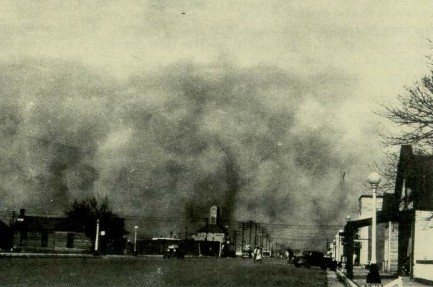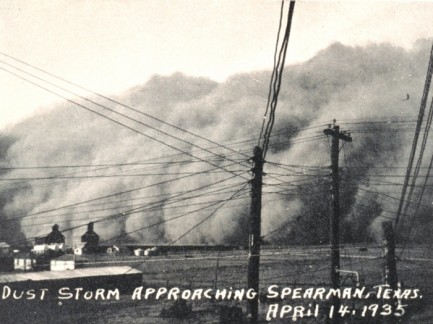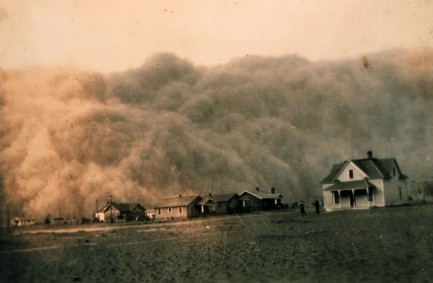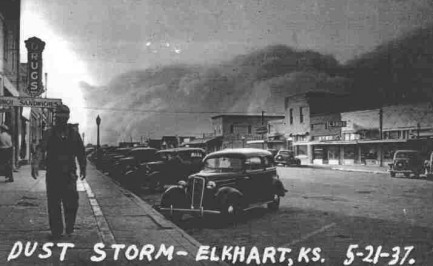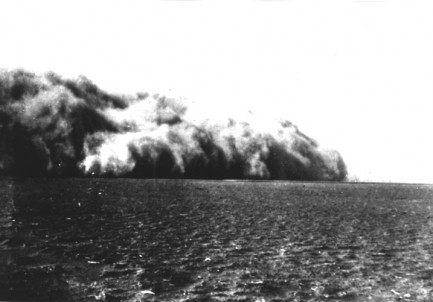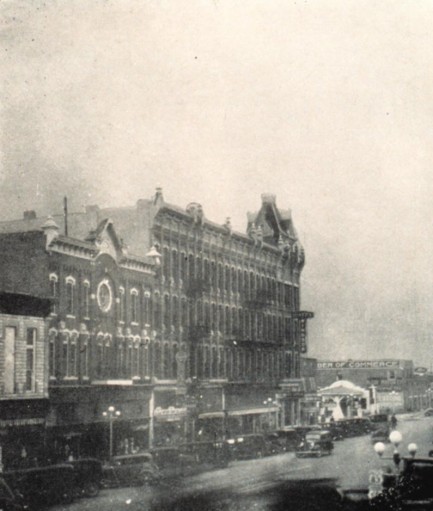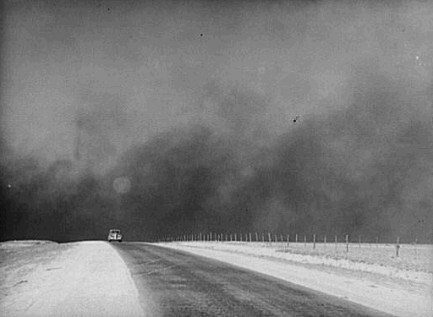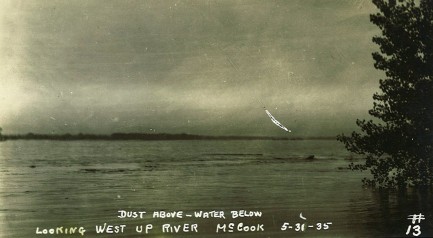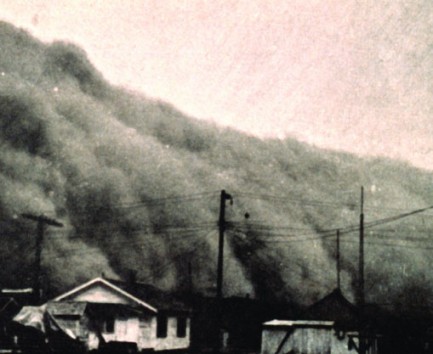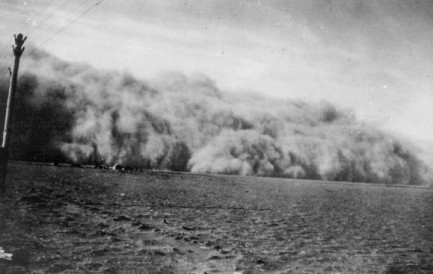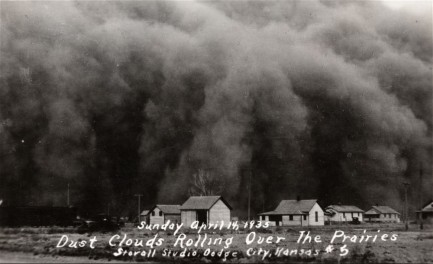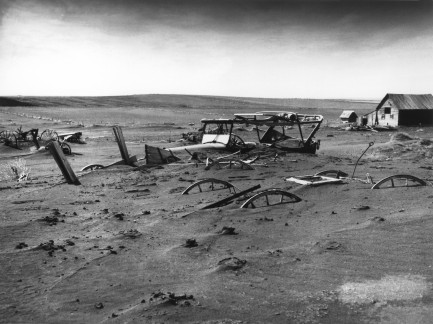 Excuse me madam, would you like to hear an American's opinions about everything? 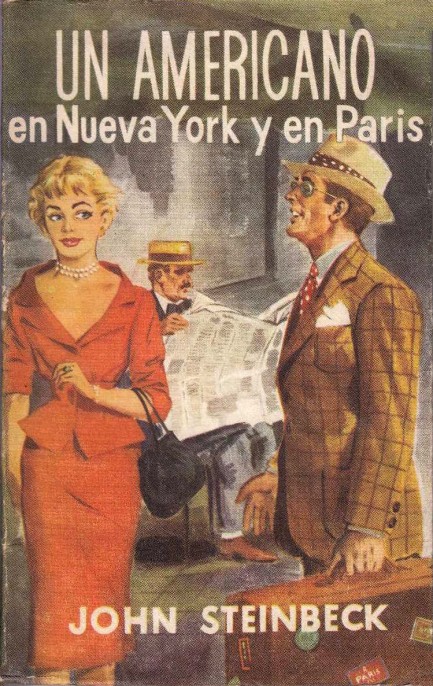
John Steinbeck's Un americano en Nueva York y en Paris was published in 1957 by Ediciones Mariel, which was based in Buenos Aires. First published in 1956 in France as Un Américain à New York et à Paris, this is a collection of articles that Steinbeck wrote for Le Figaro when he was living in Paris. Because they originally appeared in French for a French publication many went unpublished in English for decades. In fact we can't be sure all the essays are available in English even today, though one would like to assume so. In any case, that's why this book caught our eye—because it surprised us that the entire collection of essays was available in Argentina, but not the U.S., almost immediately after they appeared in France.
Steinbeck was a serious writer, and thus was considered a serious persona, but the Le Figaro essays gave him a chance to show readers his wit and humor. Some of his observations read so contemporarily they could be from a year ago, particularly his musings over a restaurant owner who received a Michelin star, then spent every waking moment plotting, hoping, suffering to get another. He hopes to have his chance when the Michelin critic schedules another visit. The fact that the chef's official taster is Steinbeck's cat Apollo just adds more absurdity to the tale, as the genius who wrote Of Mice and Men veers into the silliness of cats and menus.
The parts of Un americano en Nueva York y en Paris not about France consist of articles concerning New York, culture, and politics. One of those latter entries, from 1954, is about Joseph McCarthy, who was in full witch hunt mode at the time. Much of the literati were loudly opposed to the proto-fascist senator, but Steinbeck took a different tack, writing that democracies occasionally need a challenge from demagogues in order to evolve, because such dark episodes remind people what democratic ideals really are—i.e. everyone gets to participate, not just self-appointed gatekeepers and purity-testers afraid of change or losing power. The tent of democracy always gets bigger, not smaller. It can't do the latter and qualify as a democracy.
The cover art on this was painted by J.C. Cotignola, whose work appeared on various Argentine and Brazilian publications, but who isn't well known today. Bang up job though. To us the title of the collection somewhat echoes George Orwell's acclaimed Down and Out in Paris and London, another book about knocking around in a couple of big cities. The difference is Orwell was so poor he almost starved to death—he literally ate moldy bread out of garbage cans to survive. Steinbeck was the toast of Paris when he was there. Given a choice, we'd skip the mold and go straight to the toast. Preferably with a layer of rillette de porc on top. Even Apollo the cat would approve of that.
 Nobel Prize winning author John Steinbeck wrote an unpublished werewolf novel.
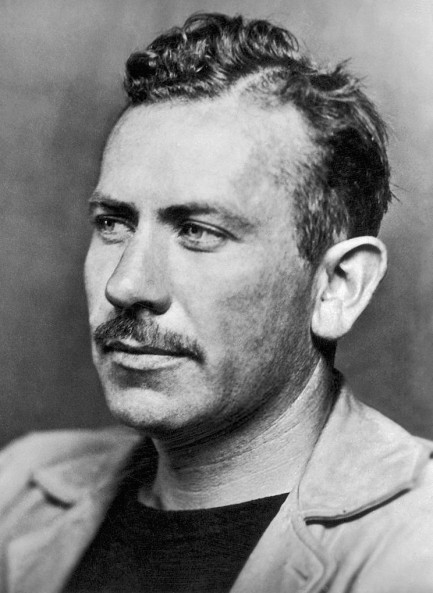 In what qualifies around here as blockbuster news, it turns out literary master John Steinbeck wrote a werewolf novel. Rejected by publishers in 1930, it's currently under lock and key at the Harry Ransom Center at the University of Texas in Austin. The Steinbeck estate has so far declined to authorize its release. Titled Murder at Full Moon, it's reportedly a 233-page typescript, and as a bonus contains a couple of illustrations drawn by Steinbeck. In what qualifies around here as blockbuster news, it turns out literary master John Steinbeck wrote a werewolf novel. Rejected by publishers in 1930, it's currently under lock and key at the Harry Ransom Center at the University of Texas in Austin. The Steinbeck estate has so far declined to authorize its release. Titled Murder at Full Moon, it's reportedly a 233-page typescript, and as a bonus contains a couple of illustrations drawn by Steinbeck. We'd love to read it. We'd enjoy comparing it to Guy Endore's werewolf novel The Werewolf of Paris, which was published in 1933. But if we had to guess, we'd say the public will have wait a long while for Steinbeck's moon tale to rise. What is there to gain when his reputation is pure platinum and his books—particularly The Grapes of Wrath and Of Mice and Men, which are required reading for students the length and breadth of the U.S.—still sell? But you never know. The smell of money affects people like the smell of blood affects werewolves. Even when they're already full they want another bite.
 Bankhead and Co. try to deal with an ocean of differences. 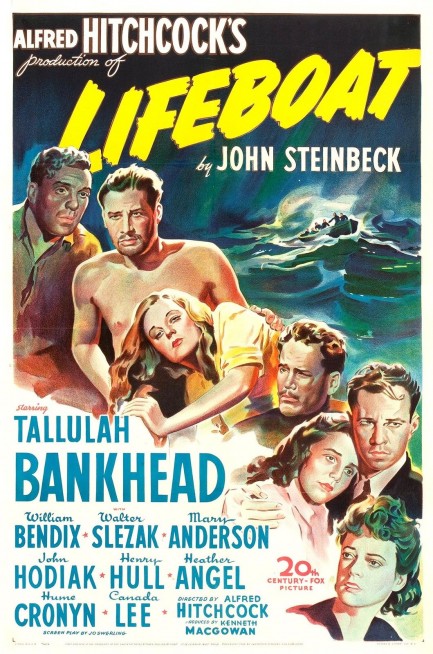
The best thing about Lifeboat is Tallulah Bankhead. Simple as that. Top billed, tasked with bringing a complex character to life, and working in a film with huge expectations because it was written by literary laureate John Steinbeck and helmed by internationally renowned director Alfred Hitchcock, she delivers the goods. If you haven't seen it, it's an adventure and character study about a group of cruise ship passengers who survive a German u-boat attack and find themselves adrift on the Atlantic Ocean. There's a tinge of war propaganda to it, a touch of we're-humans-and-the-other-side-aren't, but when you consider that Germany was a genocidal regime, and news reports had been touching on this 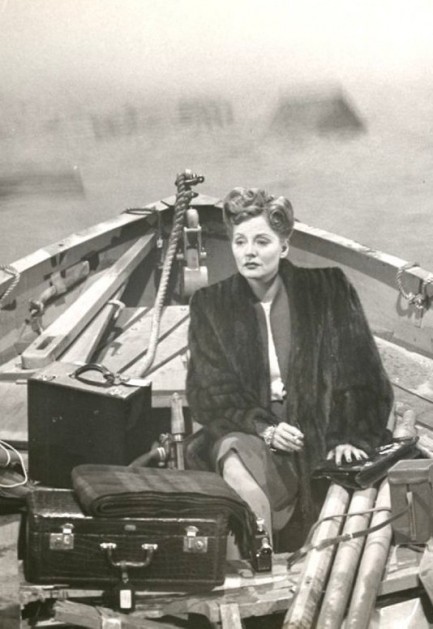 fact for two years (though visual evidence wouldn't appear until after May 1945) Lifeboat is remarkably subtle in that regard. fact for two years (though visual evidence wouldn't appear until after May 1945) Lifeboat is remarkably subtle in that regard.
Anyway, if you ever want to see a star go full nova, check this film out—Bankhead is funny, bitter, sly, ironic, desperate, and more, helped along by reliable old William Bendix, as well as Hume Cronyn, Mary Anderson, and Walter Slezak in a pivotal role. And I guess we don't have to tell you one of Hitchcock's most famous stories came from this movie, the one about his camera accidentally getting upskirt shots of a pantyless Bankhead, and the question of whether the problem was one for hair, make-up, or wardrobe.
The poster above is a really nice piece of mid-century promo art and we spent a lot of computer time trying to discover who painted it, but to no avail. That wasn't a surprise, though. It's a painted version of the photo-illustration used on the panel length promo you see below, which means it's basically a copy job that numerous artists could have executed. But it's still nice compositionally, with its beautiful blue coloration, bright yellow title, and diagonal arrangement of faces. Lifeboat premiered in the U.S. today in 1944. 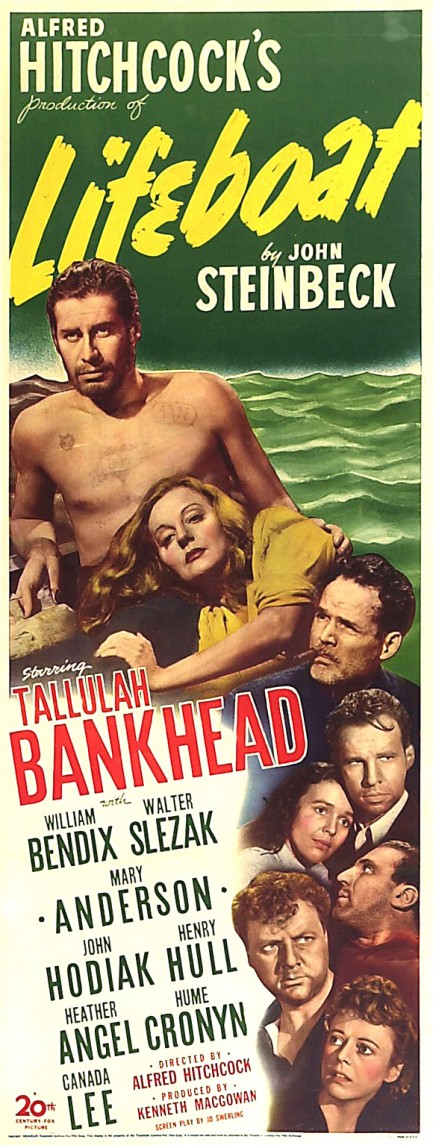
 There's nothing quite like a roll in the hay. 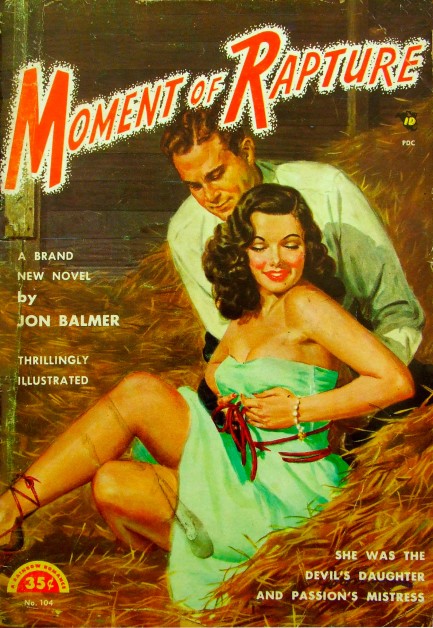
You'd think we'd eventually run out of themes in mid-century paperbacks, but the possibilities are seemingly endless. We can add illicit love in the hayloft to the many other time honored subjects exploited by paperback publishers. We've already shared several covers along these lines, such as this one, this one, and this one, but today we have an entire set for your enjoyment. Personally, we've never had sex in a hayloft—in fact, we've never even had the opportunity—but we imagine that once you get past the smelly manure and the scratchy hay and the jittery animals it's pretty fun. Or maybe not. There are also numerous books, incidentally, that feature characters trysting by outdoor haystacks, but for today we want to stay inside the barn. Thanks to all the original uploaders of these covers. 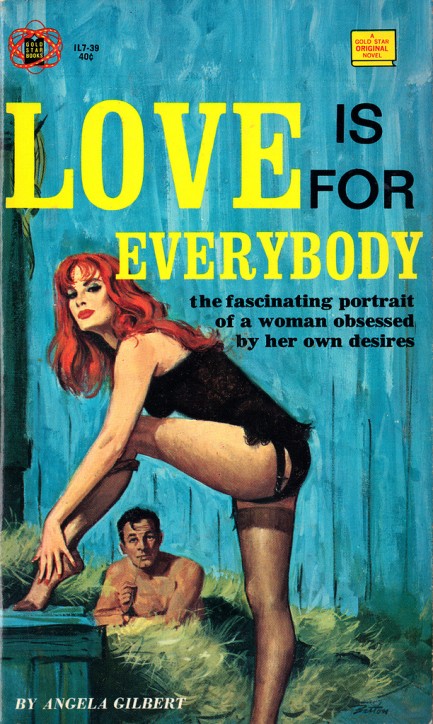 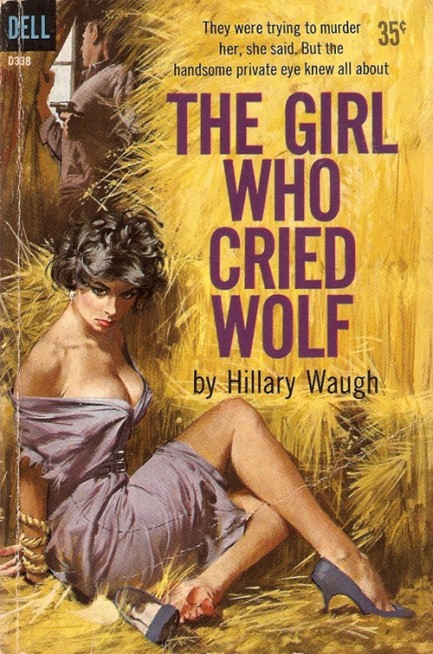 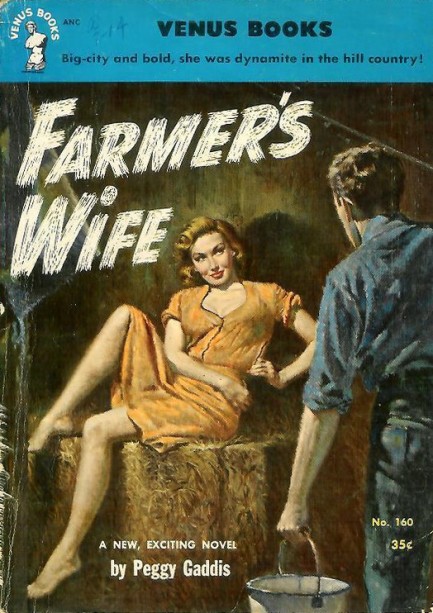 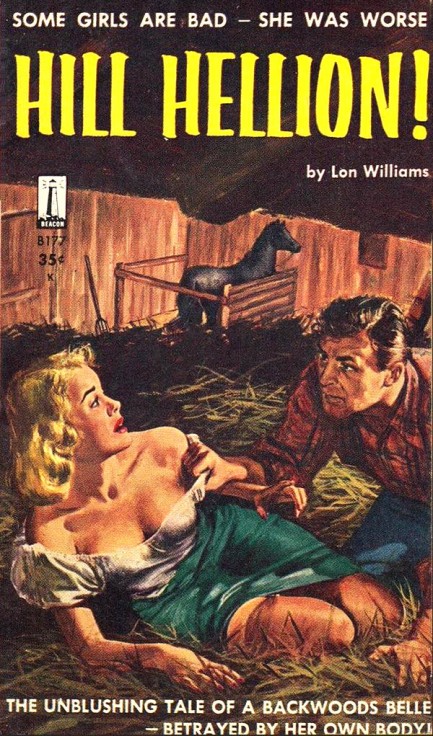 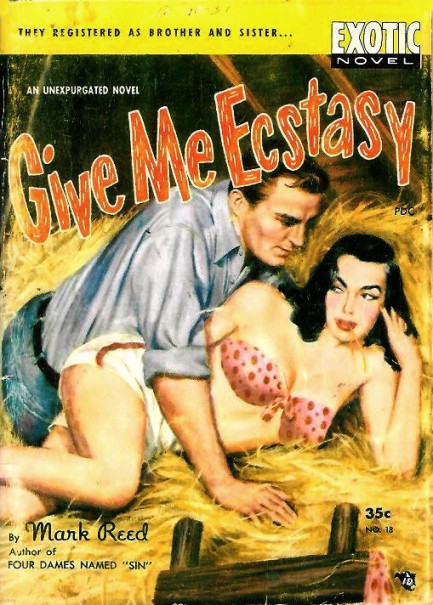 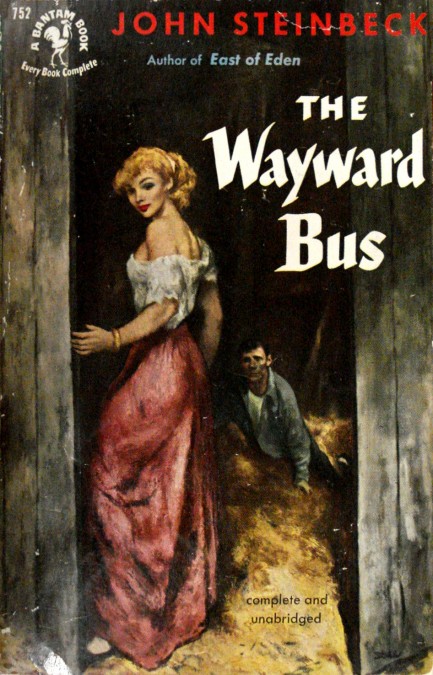 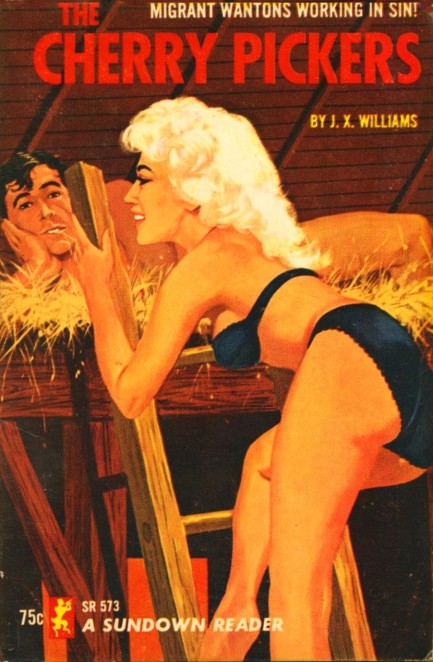 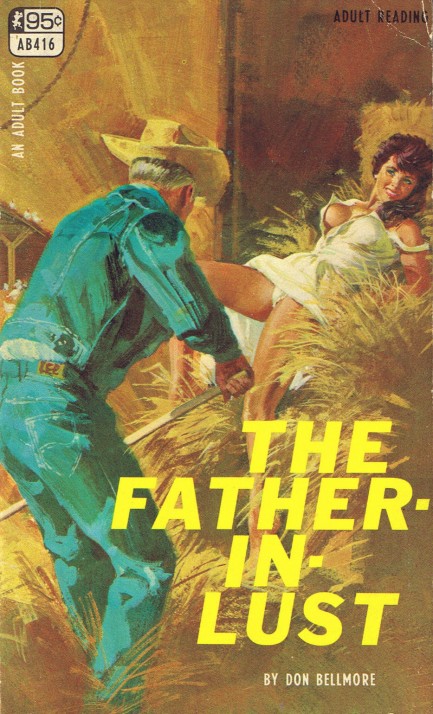 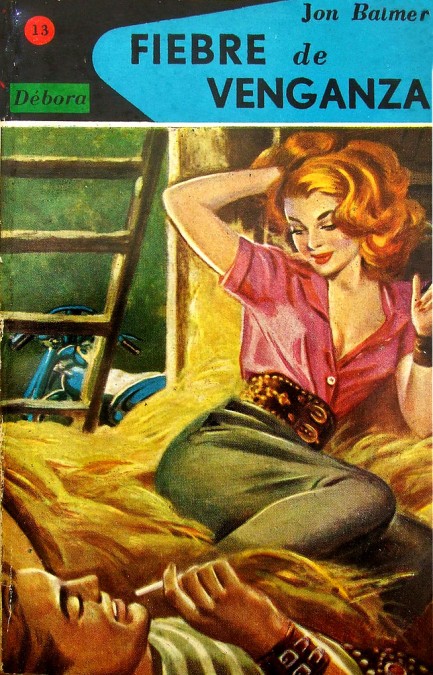 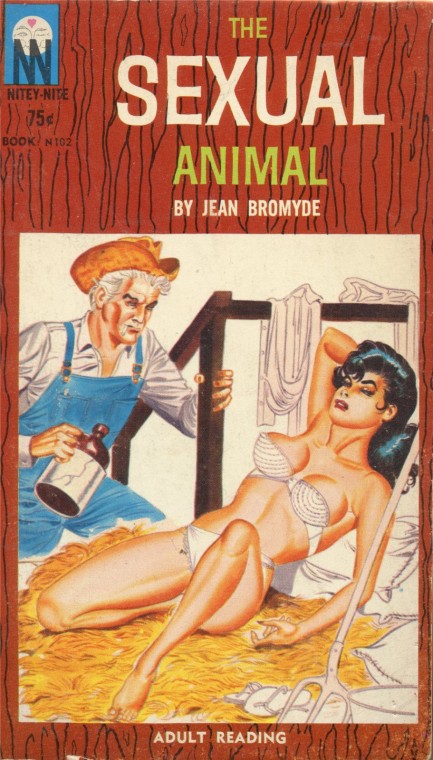 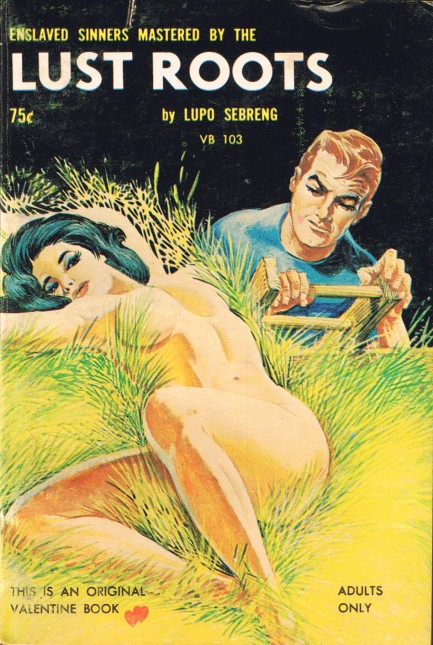 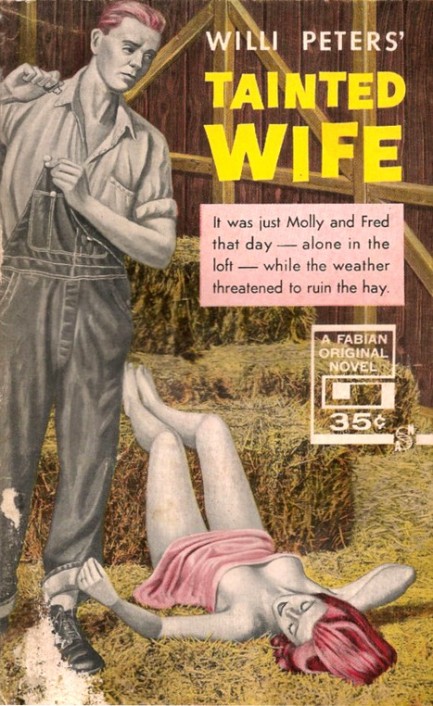 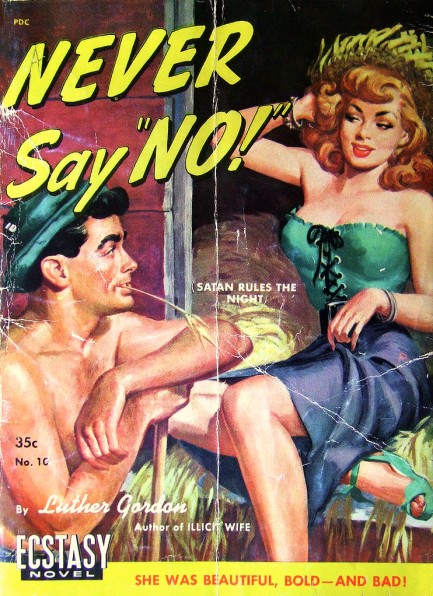 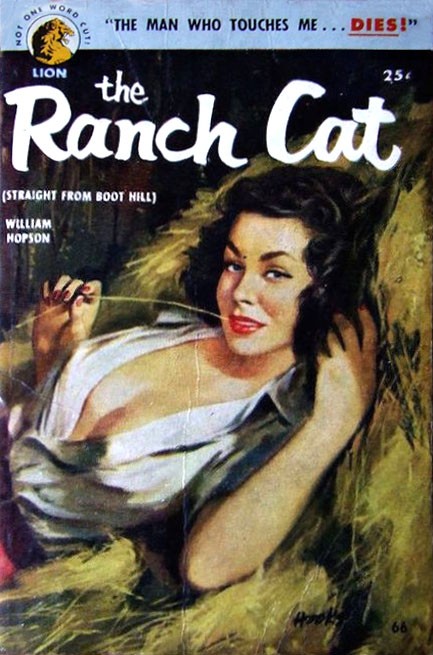 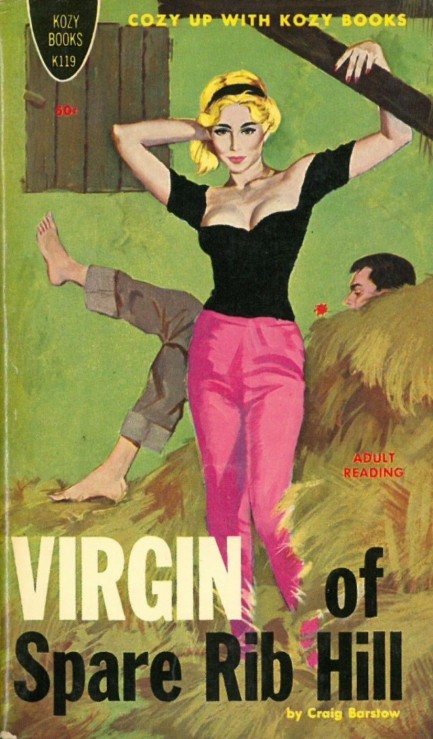 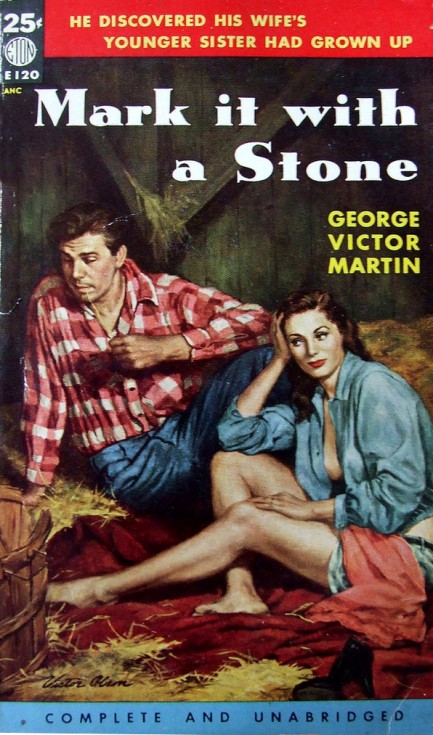 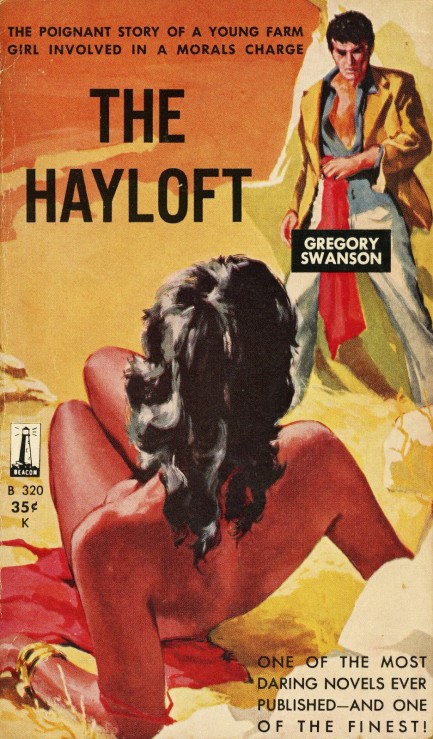 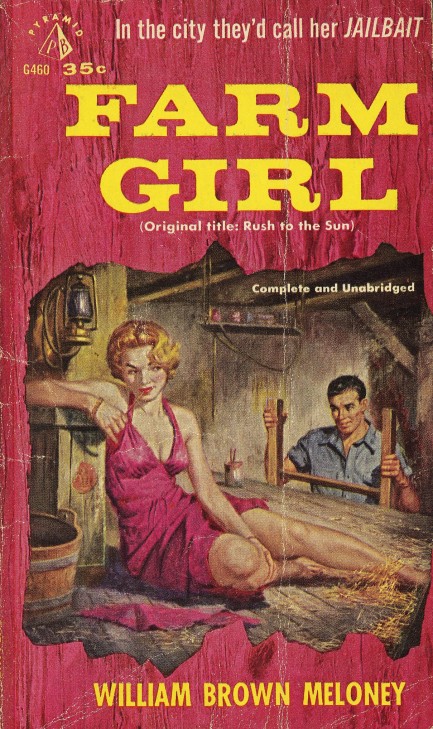 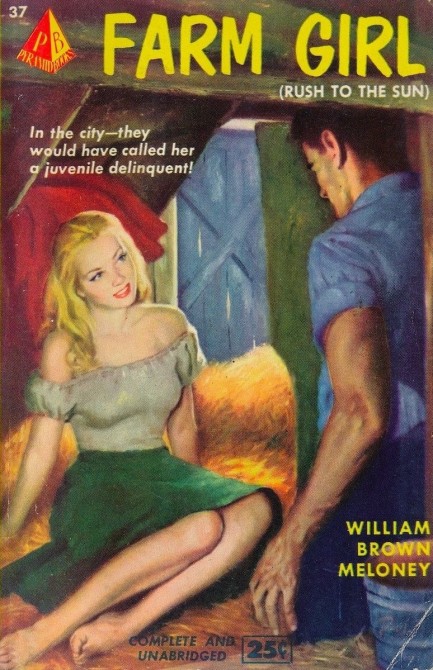
 Our favorite magazine Adam had a relative on the other side of the world. 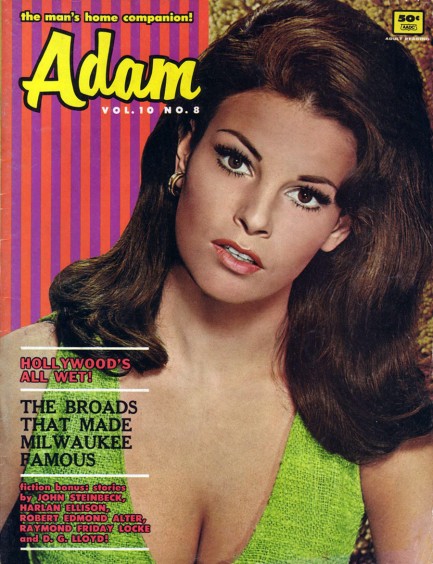
We’ve now posted eighteen issues of the great Australian men’s magazine Adam. But there was an American Adam too, unaffiliated with the Aussie mag (as far as we know) that published identical content during the same period. There were three major differences, though—the American Adam did not have painted pulp-style covers like Aussie Adam, it had access to more widely known actors and authors, and it showcased nude photography years earlier. For example, the above American Adam, from August 1966, has rising star Raquel Welch, famous glamour babe June Wilkinson, fiction from John Steinbeck and Harlan Ellison, and an extensive and revealing feature on burlesque. It also has a centerfold of Vicky Kennedy, aka Margaret Nolan, who appeared in Goldfinger, among numerous other films, and was one of the more popular nude models of the 1960s. We have thirty scans of all this below. 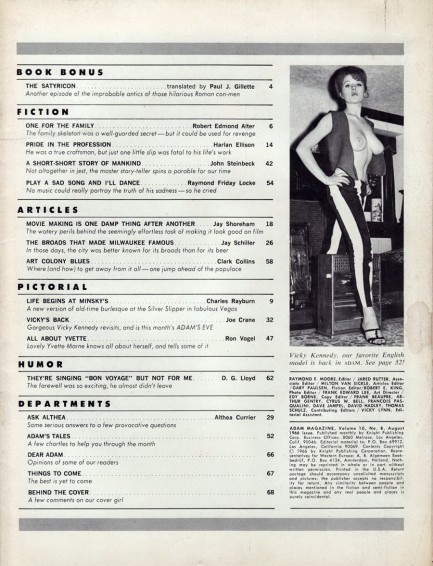 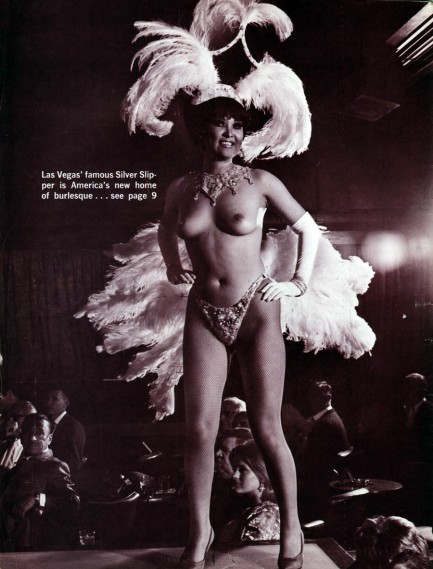 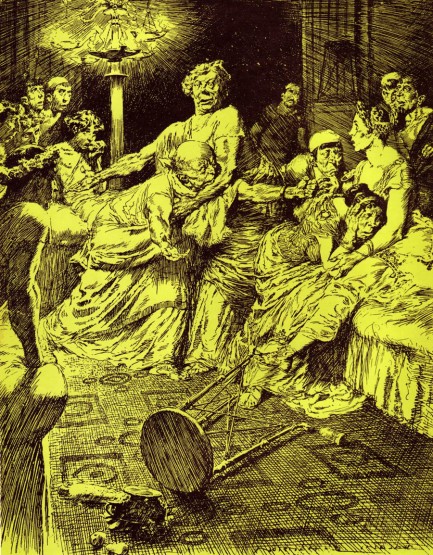 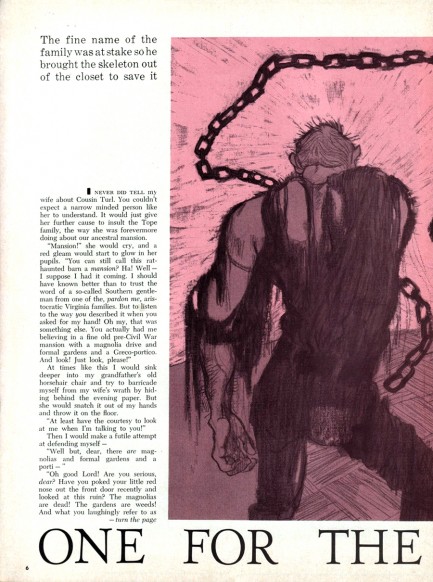 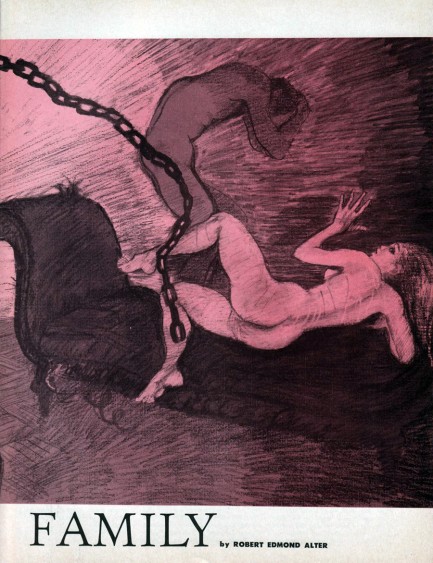 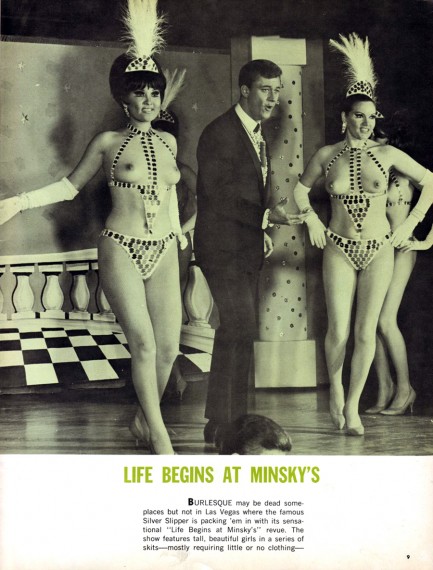 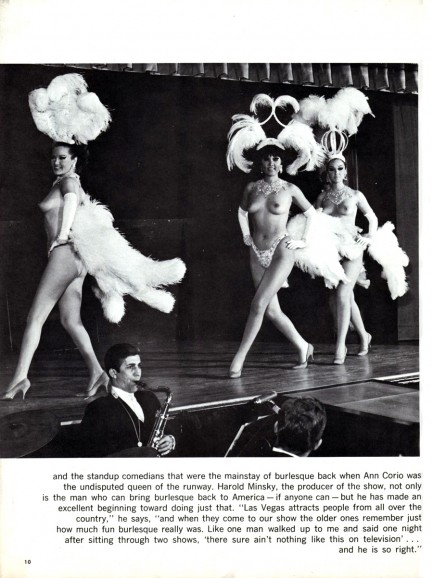 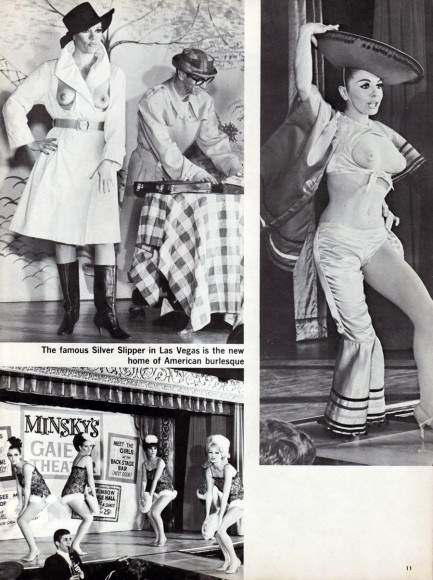 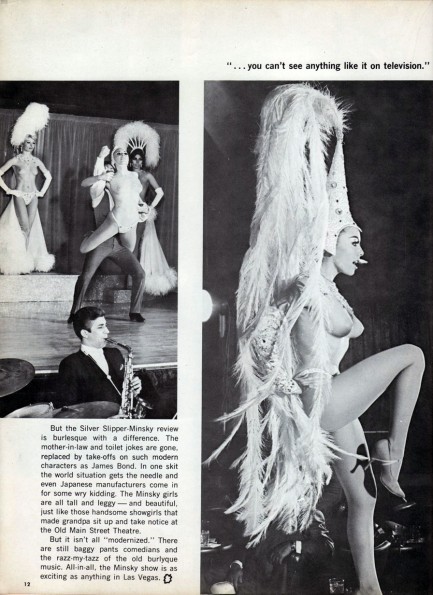 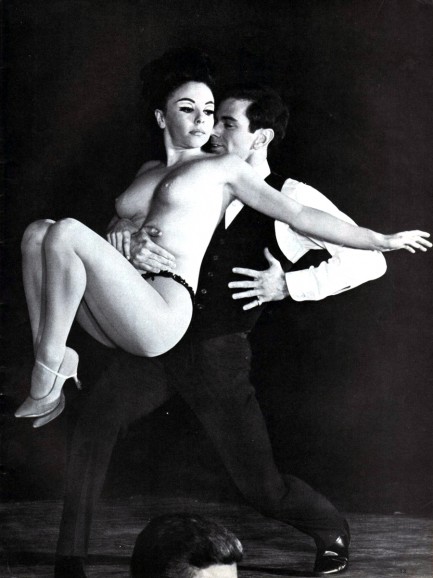 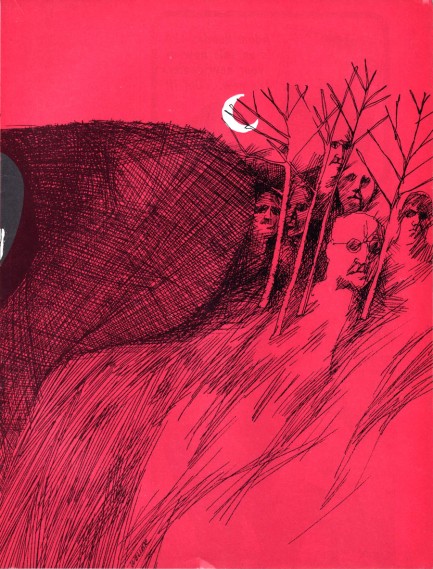 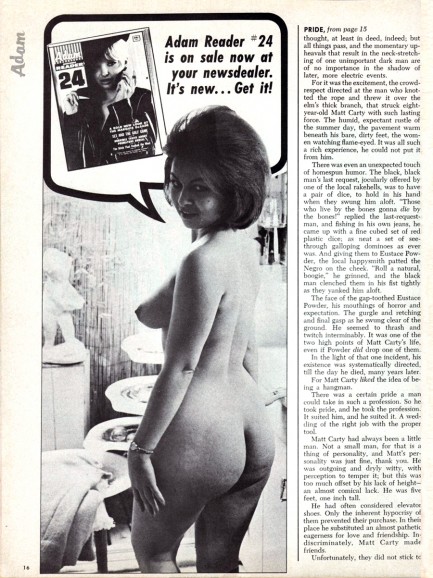 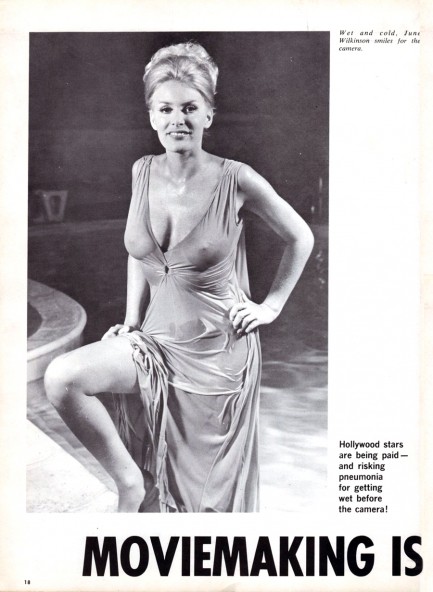 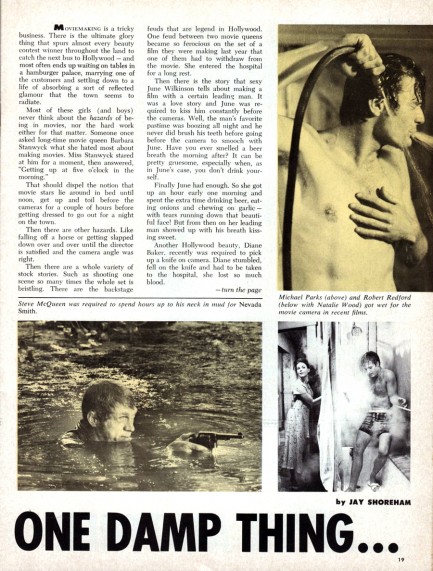 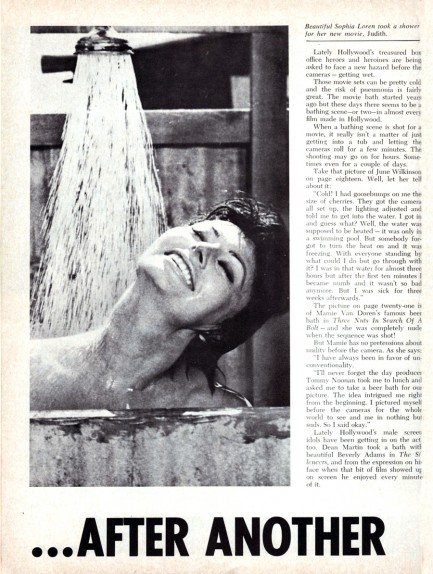 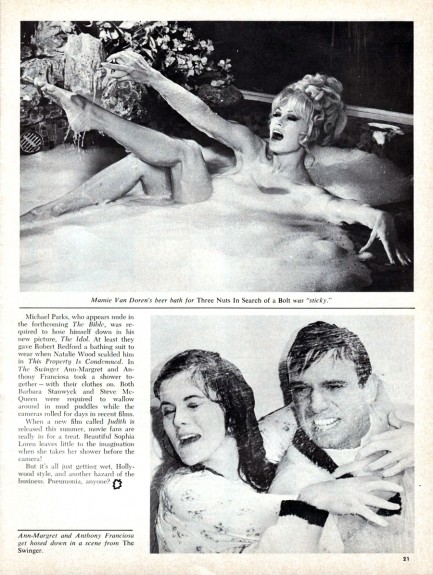 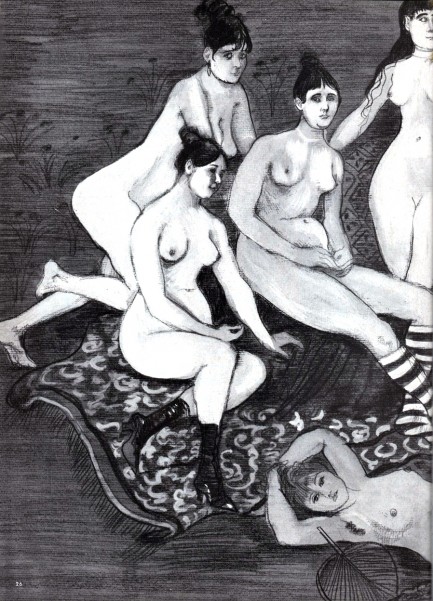 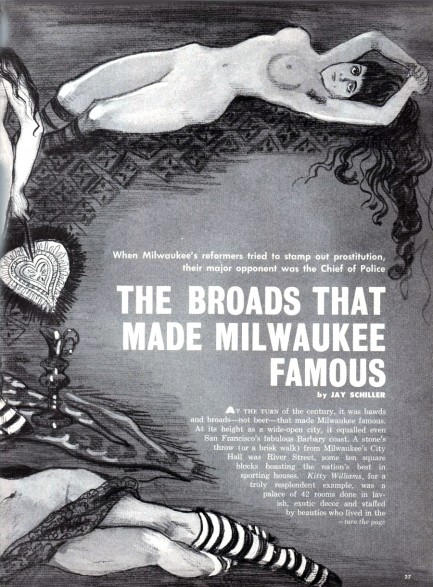 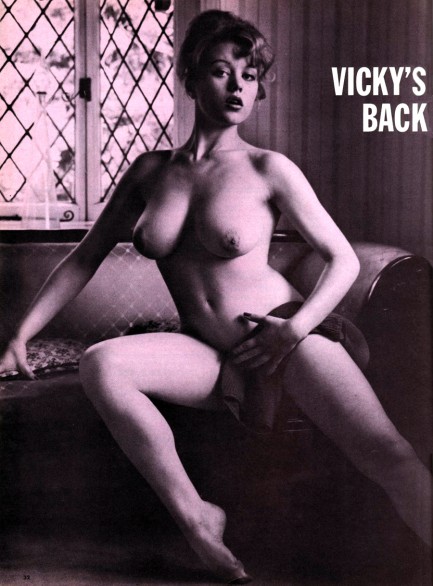 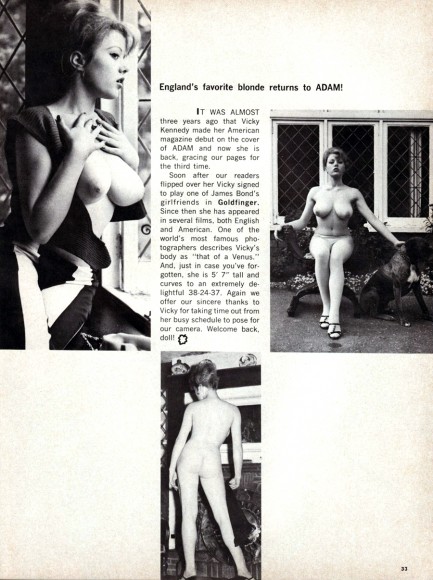 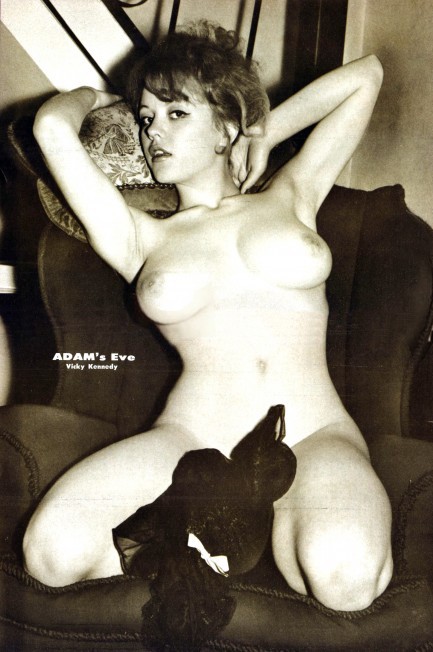 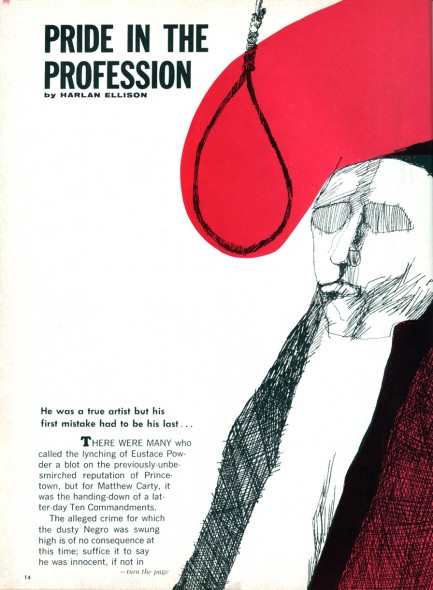 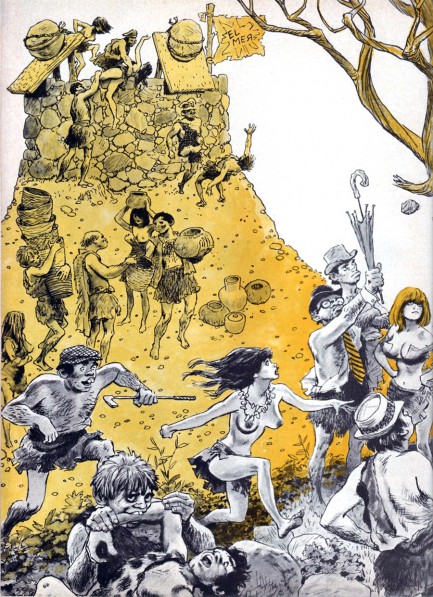 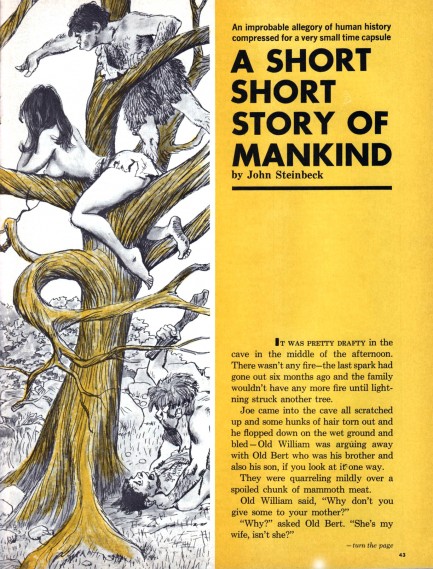 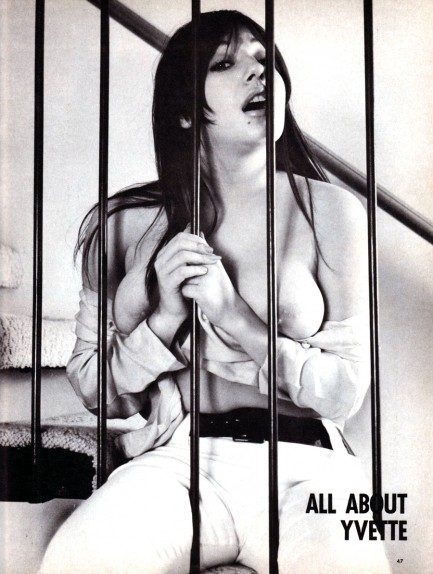  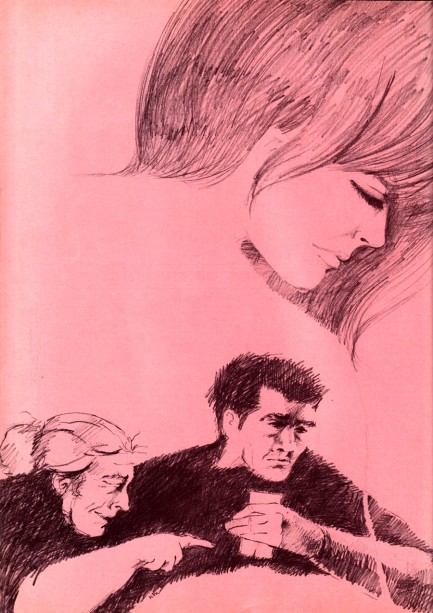 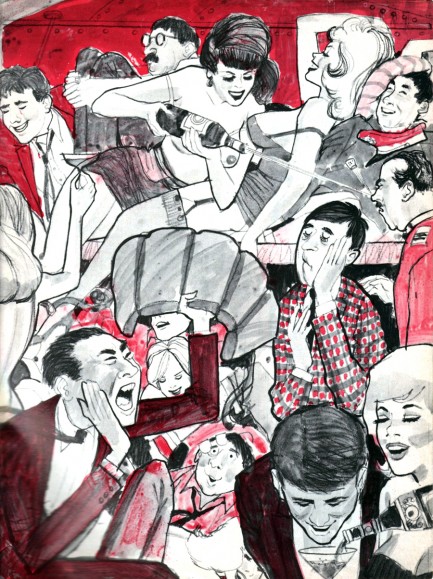 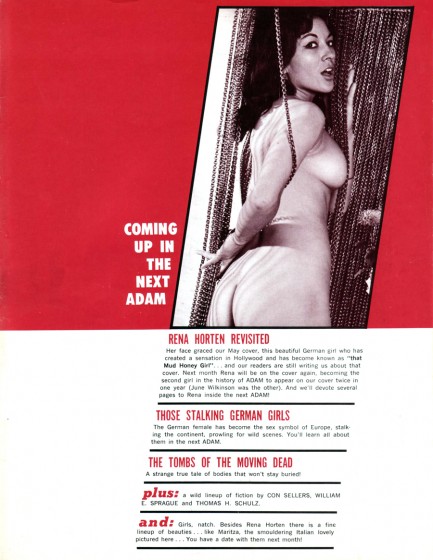 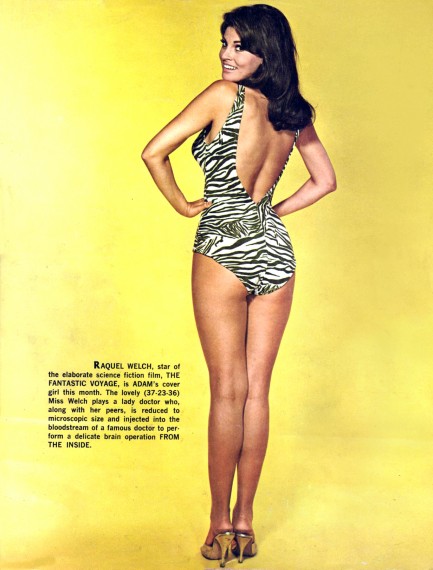
 He’s always hanging around. 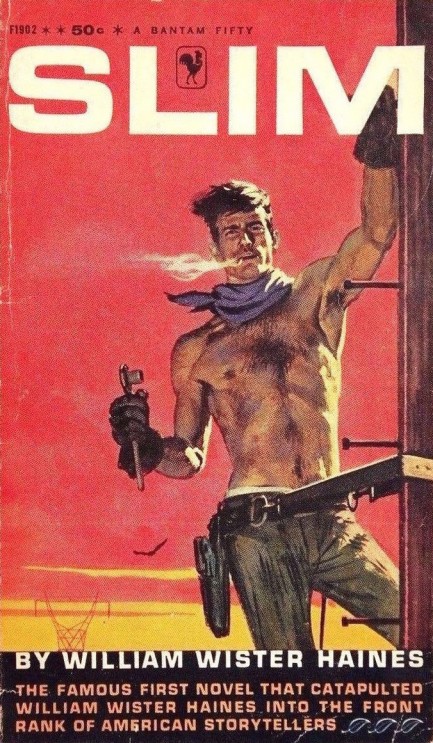
William Wister Haines wrote six screenplays, saw several books adapted to film, and was considered by some to be a literary talent on the level of John Steinbeck. But you’d never know any of that from looking at the William George cover art for his Depression-era novel Slim, with its shirtless hunk of burnin’ love casually doing a little pole smoking. The novel was mainly a drama about the dangerous working conditions for electrical linemen, but Bantam opted to sex it up a bit for the 1957 re-issue with a cover that looks like a Marlboro ad. We hope Slim remembered his sunblock.
|
 |

The headlines that mattered yesteryear.
2003—Hope Dies
Film legend Bob Hope dies of pneumonia two months after celebrating his 100th birthday. 1945—Churchill Given the Sack
In spite of admiring Winston Churchill as a great wartime leader, Britons elect
Clement Attlee the nation's new prime minister in a sweeping victory for the Labour Party over the Conservatives. 1952—Evita Peron Dies
Eva Duarte de Peron, aka Evita, wife of the president of the Argentine Republic, dies from cancer at age 33. Evita had brought the working classes into a position of political power never witnessed before, but was hated by the nation's powerful military class. She is lain to rest in Milan, Italy in a secret grave under a nun's name, but is eventually returned to Argentina for reburial beside her husband in 1974. 1943—Mussolini Calls It Quits
Italian dictator Benito Mussolini steps down as head of the armed forces and the government. It soon becomes clear that Il Duce did not relinquish power voluntarily, but was forced to resign after former Fascist colleagues turned against him. He is later installed by Germany as leader of the Italian Social Republic in the north of the country, but is killed by partisans in 1945.
|

|
|

It's easy. We have an uploader that makes it a snap. Use it to submit your art, text, header, and subhead. Your post can be funny, serious, or anything in between, as long as it's vintage pulp. You'll get a byline and experience the fleeting pride of free authorship. We'll edit your post for typos, but the rest is up to you. Click here to give us your best shot.

|
|



 In what qualifies around here as blockbuster news, it turns out literary master John Steinbeck wrote a werewolf novel. Rejected by publishers in 1930, it's currently under lock and key at the Harry Ransom Center at the University of Texas in Austin. The Steinbeck estate has so far declined to authorize its release. Titled Murder at Full Moon, it's reportedly a 233-page typescript, and as a bonus contains a couple of illustrations drawn by Steinbeck.
In what qualifies around here as blockbuster news, it turns out literary master John Steinbeck wrote a werewolf novel. Rejected by publishers in 1930, it's currently under lock and key at the Harry Ransom Center at the University of Texas in Austin. The Steinbeck estate has so far declined to authorize its release. Titled Murder at Full Moon, it's reportedly a 233-page typescript, and as a bonus contains a couple of illustrations drawn by Steinbeck.

 fact for two years (though visual evidence wouldn't appear until after May 1945) Lifeboat is remarkably subtle in that regard.
fact for two years (though visual evidence wouldn't appear until after May 1945) Lifeboat is remarkably subtle in that regard.






















































